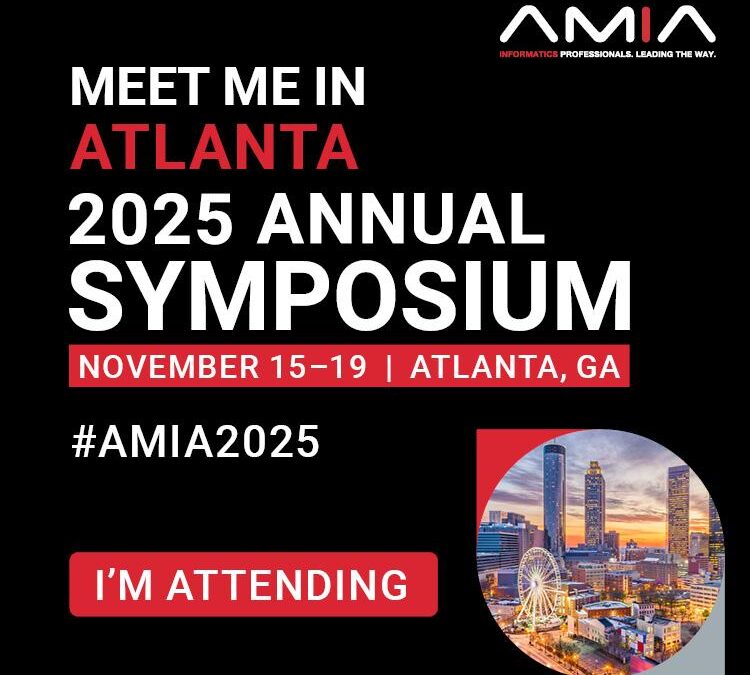No Results Found
The page you requested could not be found. Try refining your search, or use the navigation above to locate the post.
The page you requested could not be found. Try refining your search, or use the navigation above to locate the post.
The page you requested could not be found. Try refining your search, or use the navigation above to locate the post.

Oct 31, 2025
Apelon at AMIA 2025: Driving Data Standards in Atlanta Apelon is proud to announce our participation in AMIA 2025, taking place in Atlanta, Georgia, from November 15–19, 2025. As a long-standing provider of terminology and ontology solutions, we’re looking forward to...

Sep 3, 2025
Apelon Joins Team Agile4Vets to Drive the Future of Veteran HealthcareWe’re proud to announce that Apelon has been selected as a team member on TEAM Agile4Vets (A4V) for the Department of Veterans Affairs Integrated Healthcare Transformation (IHT) 2.0 contract. This...

Feb 24, 2025
Apelon at HIMSS 2025: Advancing Healthcare InteroperabilityApelon is excited to announce our participation in HIMSS 2025, taking place in Las Vegas from March 3-6! As a leader in healthcare terminology management and interoperability solutions, we are eager to connect...

Nov 10, 2024
We're looking forward to attending the AMIA Annual Symposium in November! Join us for Apelon's 25th consecutive AMIA reception on Tuesday, November 12th from 5:30 to 8:00 PM in Suite 14078 of the Hilton Union Square. Enjoy light appetizers, beer, wine, soft drinks,...